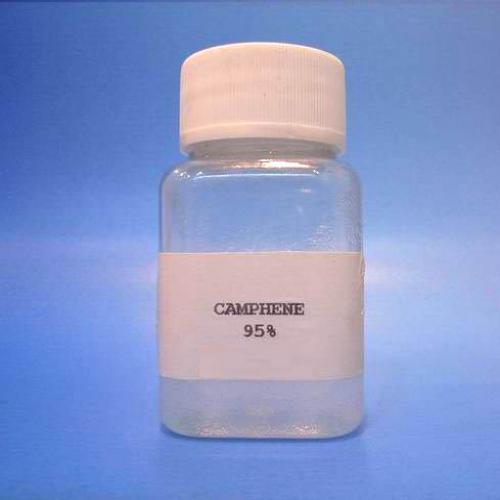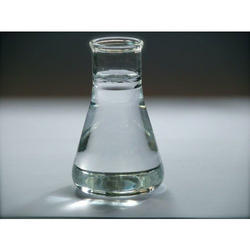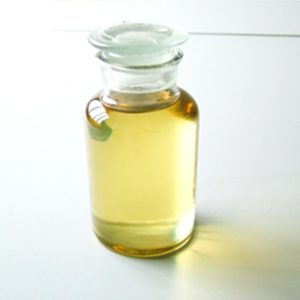Camphene
Camphene, also known as 2, 2-dimethyl-3-methylenebicyclo[2. 2. 1]heptane or 2, 2-dimethyl-3-methylenenorbornane, is a member of the class of compounds known as bicyclic monoterpenoids. Bicyclic monoterpenoids are monoterpenoids containing exactly 2 rings, which are fused to each other. Camphene can be found in a number of food items such as dill, caraway, hyssop, and fennel, which makes camphene a potential biomarker for the consumption of these food products. Camphene can be found in feces and saliva. Camphene exists in all eukaryotes, ranging from yeast to humans. Camphene is nearly insoluble in water but very soluble in common organic solvents. It volatilizes readily at room temperature and has a pungent smell. It is a minor constituent of many essential oils such as turpentine, cypress oil, camphor oil, citronella oil, neroli, ginger oil, and valerian




